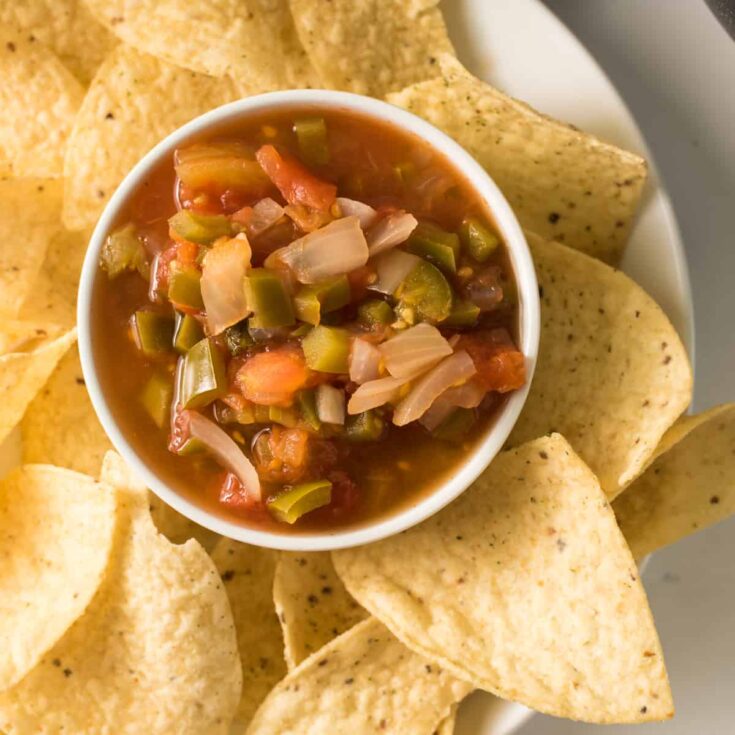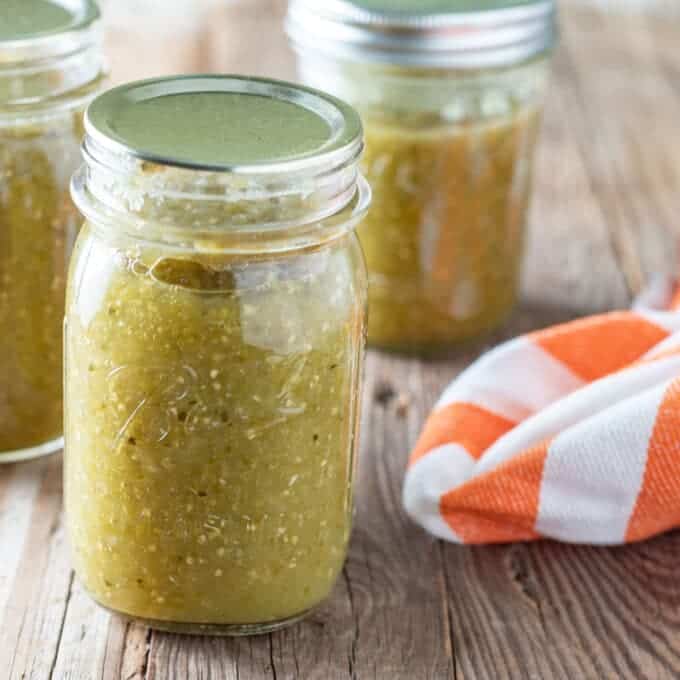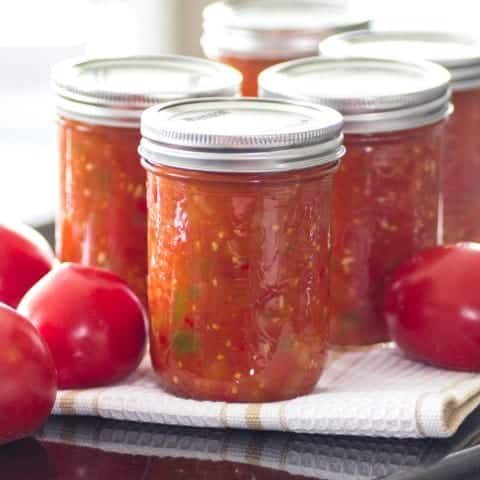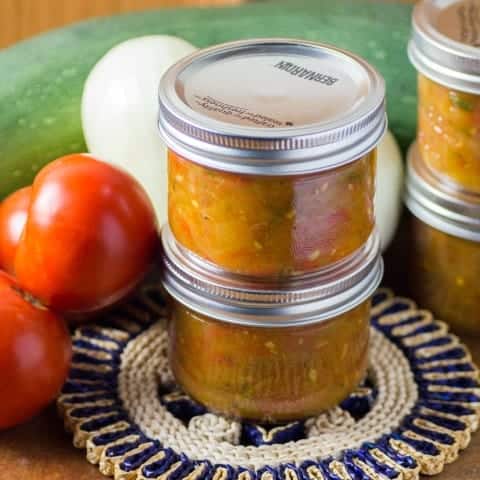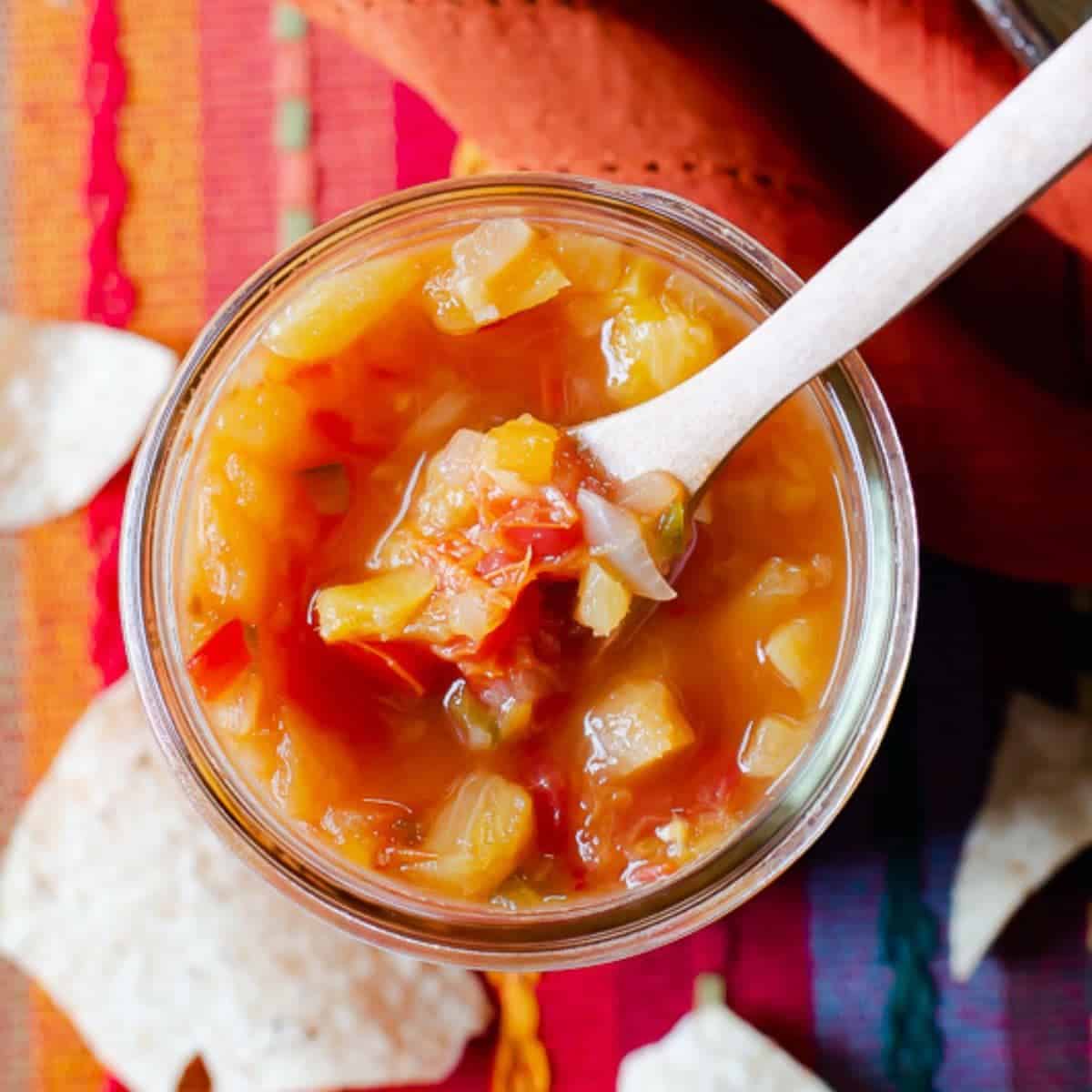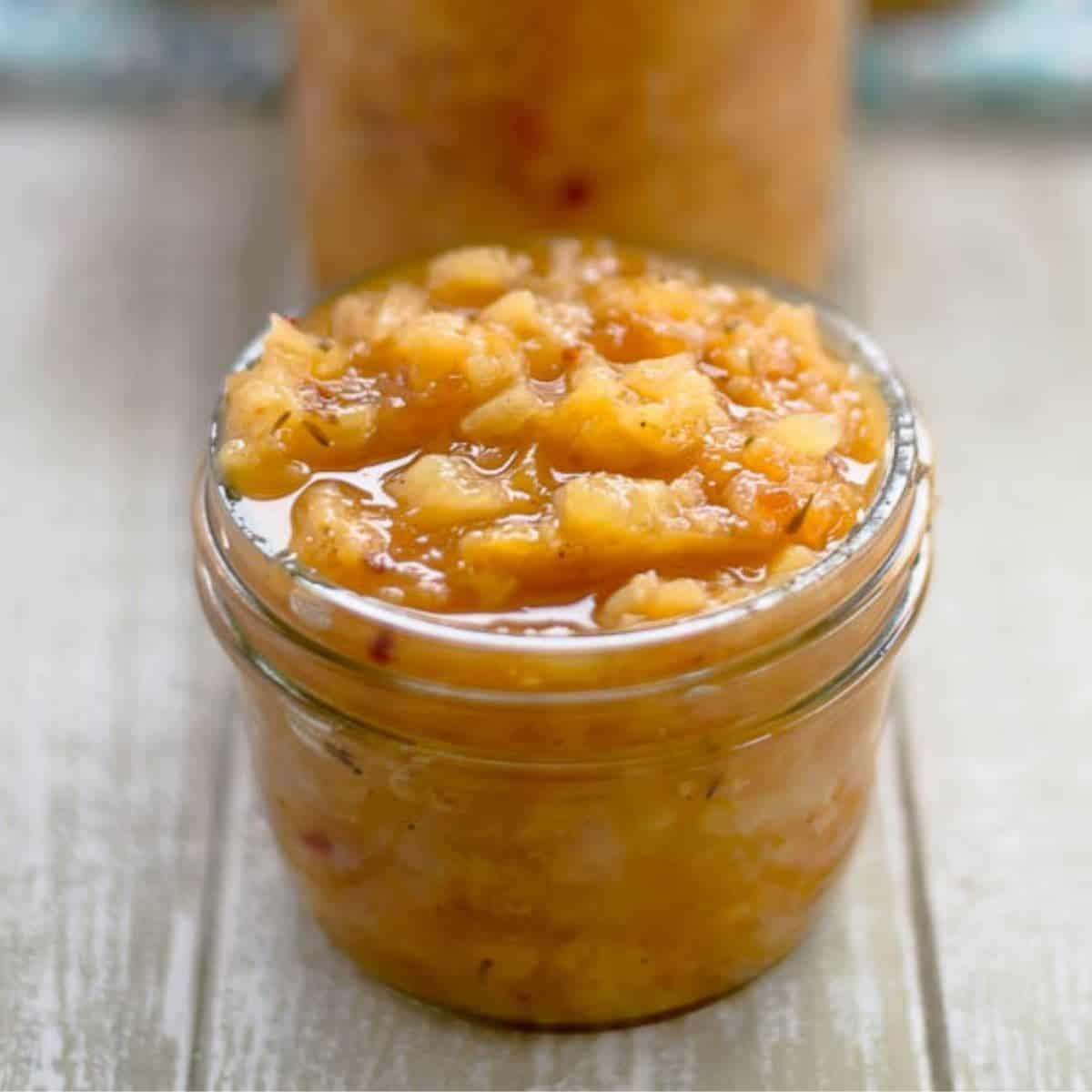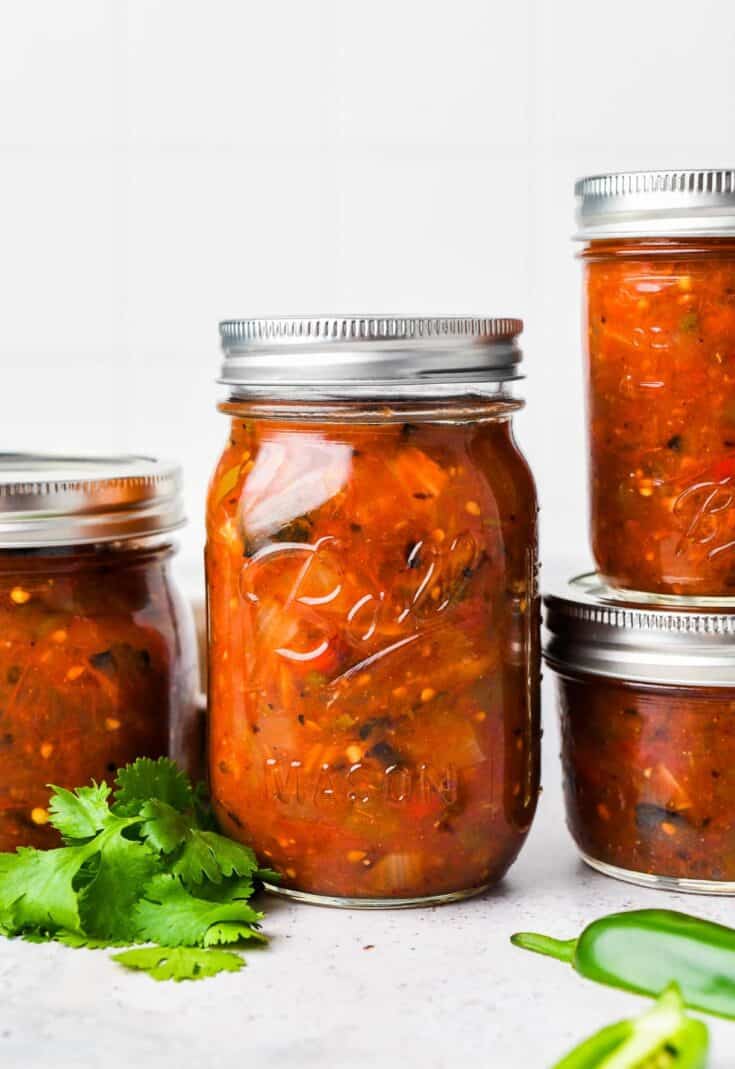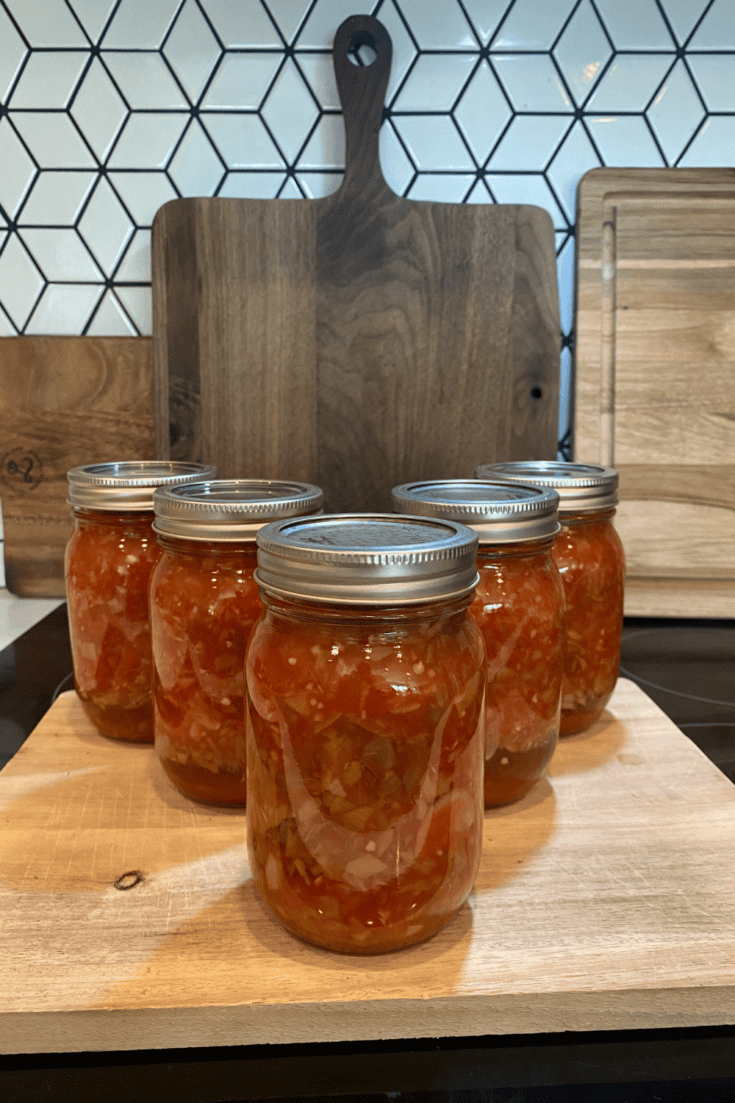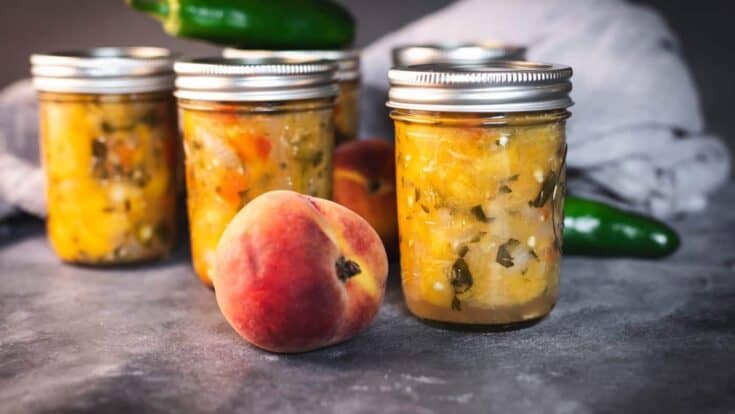Canning Salsa Recipes
These canning salsa recipes are sure to spice up your pantry. From traditional favorites to creative twists, find inspiration for stocking your shelves with homemade goodness.
Canning is one of the best homesteading tips you can start today. It’s a fulfilling practice that preserves your garden’s flavors while boosting your self-sufficiency and cooking skills.
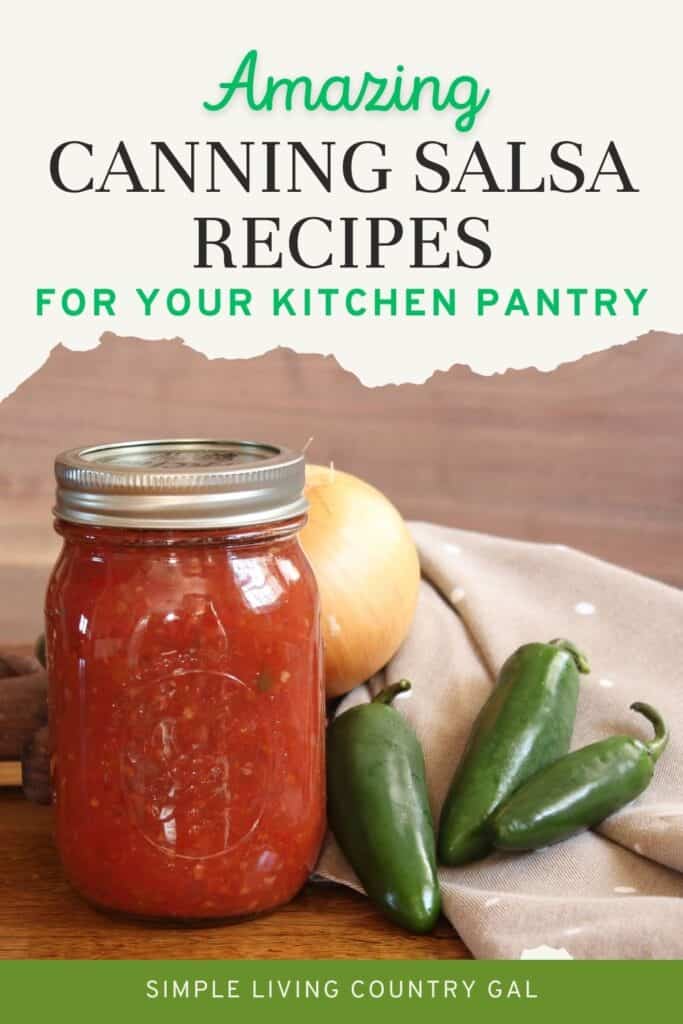
Salsas are fresh, delicious, customizable, and great for gatherings. We all love making them. But the thing is, many don’t know how to can them properly.
Trying out canning salsa recipes is always a great idea, and don’t worry, it doesn’t take much time. With a few basic tools and simple steps, you can preserve your salsas and enjoy them all year.
Why Do We Need to Can Salsa?
Canning prevents spoilage by killing bacteria and sealing the salsa in airtight jars. This keeps it safe to eat for months.
This practice also helps you use up extra seasonal produce. You get to reduce waste and always have tasty homemade salsa available.
There are several methods you can use, and they are all fairly easy to follow.
You’ll need basic tools like canning jars, rings, a large pot for sterilizing, a jar lifter, a funnel, a ladle, clean towels, and a bubble remover or non-metallic spatula.
The exact tools may vary slightly depending on the method, but these basics will cover most of what you need.
Don’t forget to download your free guide to fresh herbs below!
Canning Pot Water Bath Canner with Rack and Mason Jars, 20 Quart Stainless Steel Stock Pots, Canning Supplies Starter Kit Beginners Tools Set, Jar Lifter Tongs and Full Canning Kit AccessoriesBarton 22-Quart Pressure Canner Pressure Cooker Pressure Gauge with Rack Induction Compatible, Steam Canner Polished 22 QT
BreeRainz 16 Quart Pressure Cooker, 10 Psi Induction Compatible Pressure Canner w/Triple Valves & Auto Lock System, Steamer Rack Included
different canning methods
1. Water bath canning
Water bath canning involves processing the jars in a boiling water bath. Aside from salsa, you can use this method for preserving other high-acid foods like jams, pickles and relishes.
When buying a water bath canner, choose one that’s big enough to cover your jars with at least an inch of water above them.
Make sure it comes with a rack to keep the jars off the bottom for even heating. Also, see to it that the canner fits your stove.
Stainless steel canners are some of the most popular ones, since they are durable and easy to clean.
2. Pressure Canning
Pressure canning is generally recommended for low-acid foods, like meats, vegetables, and soups, because it reaches higher temperatures necessary to eliminate harmful bacteria.
It’s a bit more complex than water bath canning because you need to manage high pressure and specific timing.
It requires a pressure canner, which must be monitored to maintain the correct pressure. While it might seem tricky at first, it becomes easier with practice and is great for safely preserving low-acid food.
Process the jars in a pressure canner and then allow it to cool. After that, remove the jars and let them cool on a towel for 12 to 24 hours before checking the seals.
3. Steam Canning
Steam canning uses steam instead of boiling water to process jars. The process involves placing jars in a steam canner, which is preheated with a small amount of water.
Once the canner is full of steam, process the jars for the time specified in the recipe.
Like water bath canning, steam canning is also suitable for high-acid food.
This method is quicker and uses less energy compared to water bath canning, making it ideal for small batches.
Canning Salsa Recipes You'll Love
Get inspired with these canning salsa recipes featuring traditional and creative flavors.
This salsa is a must-try for its vibrant flavors and versatility. It includes a fresh mix of tomatoes, bell peppers, onions, and jalapenos. Chop the veggies, combine them with vinegar and spices, and then can it using the water bath method.
Try this salsa verde for a tangy and slightly spicy addition to your summer meals. Its smooth texture pairs perfectly with grilled meats or tacos. Cook the ingredients, blend them with lime juice, and can them for a longer shelf life.
Summertime isn't complete with the most refreshing tomato creations. This one captures the classic taste of the season with Roma tomatoes, peppers, apple cider vinegar, sugar, and salt. It's easy and delicious. The canning process is also pretty straightforward.
Here's a healthy and delicious twist on traditional salsa. You only need a few simple ingredients like zucchini, peppers, mustard, brown sugar and white vinegar. Serve it in a clear glass bowl to highlight its vibrant colors, and then pair it with crispy pita chips.
Looking for another way to enjoy mangoes? Skip the desserts for now and try this salsa. It includes a sweet and tangy combination of tomatoes, pineapple, mangoes, and peppers. This salsa is perfect with grilled seafood or as a taco topping.
Yes, you can also preserve fruit salsas and enjoy them for months to come. This recipe requires only three fruits: pineapple, mango, and papaya. Can it properly to enjoy its refreshing flavors year-round.
This salsa stands out because of its bold, smoky flavor profile. Its texture is chunky, with bits of tomatoes, peppers, and onions. Pair it with grilled chicken or as a topping for baked potatoes.
Looking for an incredibly versatile salsa for various meals? This one is ideal for topping tacos, adding to breakfast burritos, or enjoying with chips. The entire preparation process takes less than an hour.
Peaches are a great ingredient for salsas. Their natural sweetness pairs well with savory and spicy elements. Try this canning recipe with apple cider vinegar, red pepper flakes, lime juice, and bell peppers.
Are you canning salsa for the first time ever? Start with classic recipes like tomato salsa to get a feel of the process. Use fresh, ripe tomatoes, peppers, onions, and garlic for the best flavor.
Then, if you want to explore different flavors, try adding fruits like mango or peach for a sweet twist, but keep the base simple with veggies and herbs to balance it out.
It’s easier to stick to veggie-based salsas initially, as they have a more predictable taste and texture.




